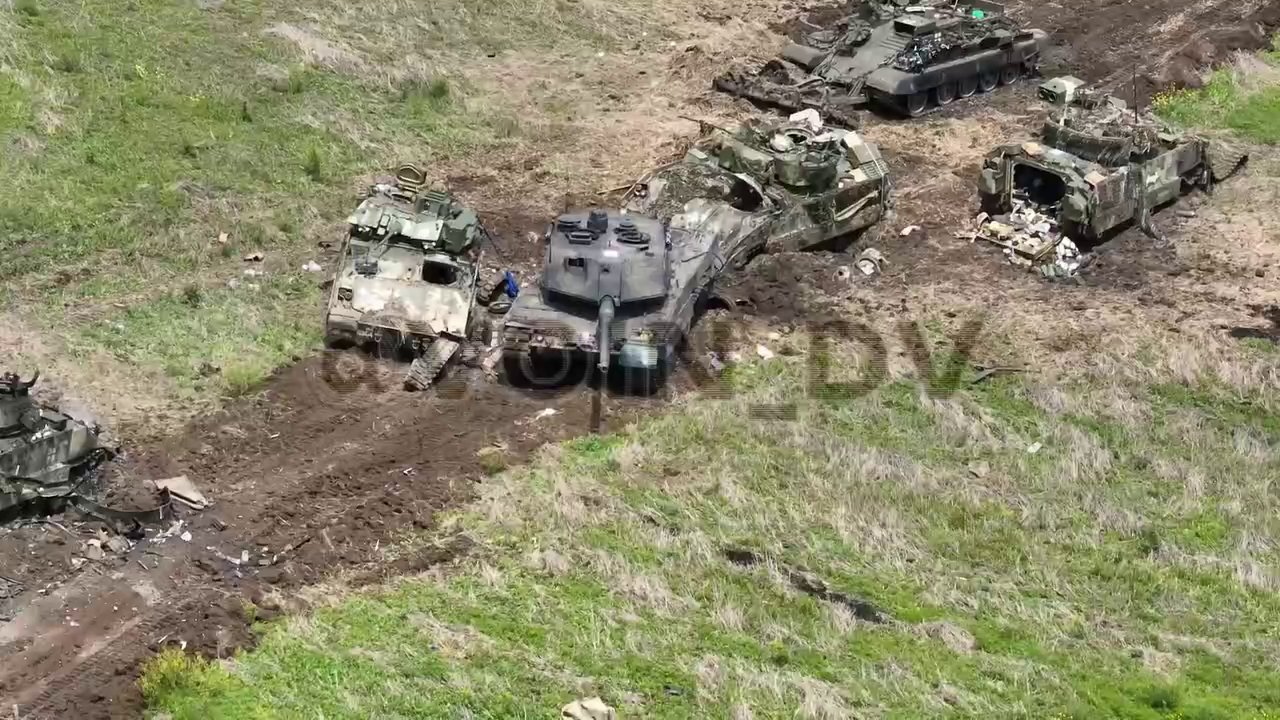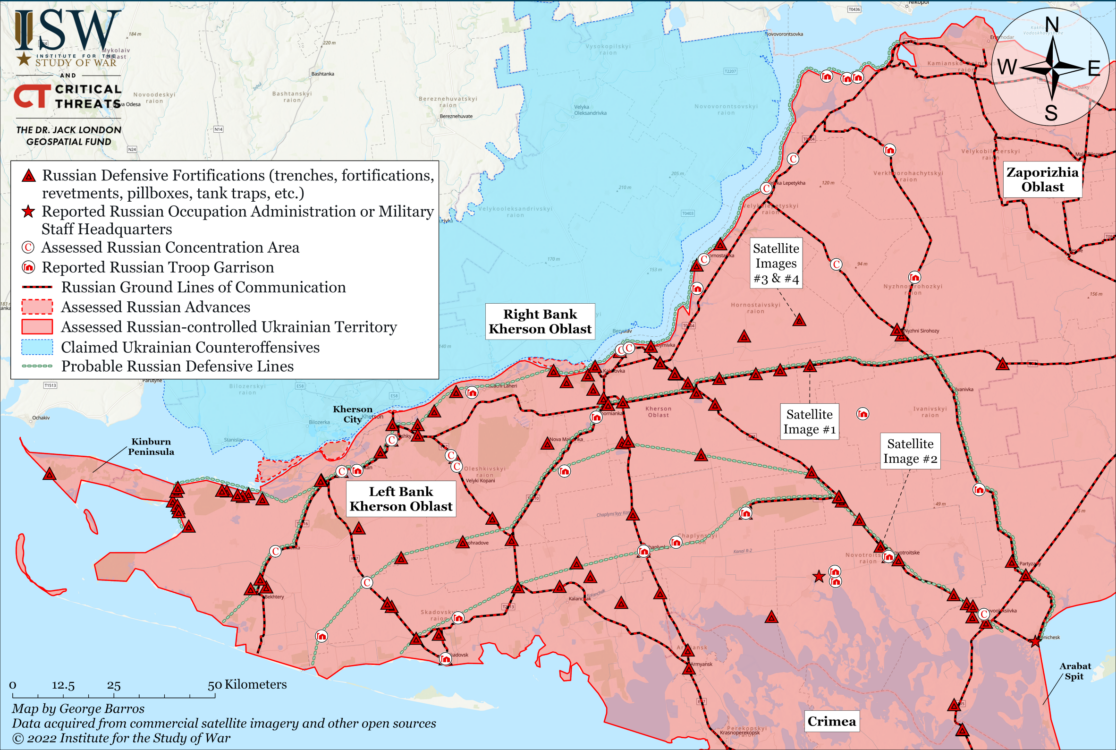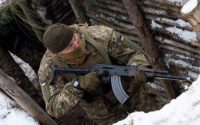Ukraine’s counteroffensive hits strong Russian resistance
The war in Ukraine has entered its next phase. Ukraine is on the attack once more after launching its long-awaited counteroffensive on Sunday.
The Ukrainian military is making slow progress, and the Russian forces are holding on better than most observers anticipated. But there is good reason for that — the most extensive fortification system in recent history.
The Ukrainian counteroffensive
The Ukrainian military is attacking along several axes of advance in the southern part of the Donbas. For the past five days, the Ukrainian forces have been probing the Russian defensive lines, searching for a weak spot.
On Wednesday, the Ukrainian military opened another front in the western part of Zaporizhzhia Oblast. The Ukrainian forces managed to break through the first line of Russian defense, but then they lost their momentum, and the Russians counterattack and regained the lost territory. In the fighting, the Ukrainian military lost its first Western heavy weapon systems from the latest batch of deliveries.
The Ukrainian mechanized assault likely stumbled upon a Russian minefield. Drone photos from the battlefield show Ukrainian Leopard 2A6 and M2 Bradleys incapacitated rather than destroyed; there is also evident damage on their tracks, which indicates that they were hit by mines.

The Russian forces likely had fixed down the avenue of approach with pre-coordinated artillery, and once the Ukrainians got stuck in the minefield, they let loose.
To be sure, this is just one failed attack in what is gearing up to be one of the largest offensive operations in the war. Attrition within the Ukrainian ranks is normal. However, the first days of the counteroffensive show that the Russian military has been well-prepared for the attack.
Related: Ukraine’s offensive has begun (and we won’t know everything about it)
An extensive defensive line
Starting last summer, the Russian military created in parts of occupied Ukraine one of the most extensive defensive lines in recent history.
As the following map from November shows, the Russian military has been preparing for the Ukrainian counteroffensive by creating an in-depth defensive line with mutually supporting positions. Layers of defensive lines comprised of anti-tank trenches, pillboxes, anti-vehicle obstacles, pre-fixed artillery, drones, and extensive minefields make up the Russian fortifications.

The Russian Ministry of Defense has used a combination of troops, mercenaries, and contract labor to build the fortifications. The Wagner Group’s lead in the battle for Bakhmut freed up a lot of Russian military units to work on the defensive lines.
Without air dominance, the Ukrainian military can’t suppress Russian artillery effectively. As a result, the Ukrainian mechanized columns have to risk it in the open field. Sometimes the assault might work, but sometimes it might not.
Russian military doctrine calls for the first defensive line to slow down or repel the attacking force through a mix of minefields, artillery fire, anti-tank fortifications, and strong points. Troops in the second line stand by to launch a counterattack in the event that the first one is breached. But for the doctrine to become effective on the ground, commanders need a certain quality of troops.
Related: The Javelin anti-tank guided missile is really a game-changer
Indeed, one of the big questions concerning the viability of the Russian fortifications was the number and quality of troops manning them. The Russian military has been dealing with force generation problems for months, a result of the extremely heavy casualties Moscow has taken in the war so far (upward of 220,000 killed, wounded, and captured, according to assessments). In the initial stages of the Ukrainian counteroffensive, it seems like the Ukrainian forces have been dealing with high-quality Russian troops.
“It is additionally noteworthy that the Russian Southern Military District Forces deployed in this particular area are likely to be a higher quality force grouping than Russia has elsewhere in theater, and their defensive performance is unlikely to be reflective of defensive capabilities of Russian groupings elsewhere on the front,” the Institute for the Study of War assesses in its latest operational update on the war.
The Russian military is performing better than expected in the opening phases of the Ukrainian counteroffensive. Whether that continues as the days pass remains to be seen.
Feature Image: A Russian 2S5 self-propelled cannon of the 305th Artillery Brigade during exercises, March 2020. (Photo by the Ministry of Defense of the Russian Federation)
Read more from Sandboxx News
- Green Berets have struggled for years with recruiting, internal data shows
- This is what made the MP7 SEAL Team 6’s favorite PDW
- These are the 3 different aircraft we call the F-35
- Energy drinks – The unsung hero of the Global War on Terror
- Everything you need to know about the UAP whistleblower who says the US has recovered alien spacecraft


